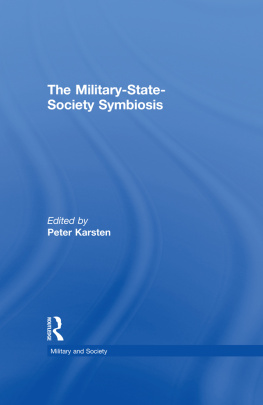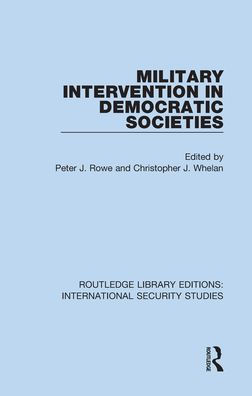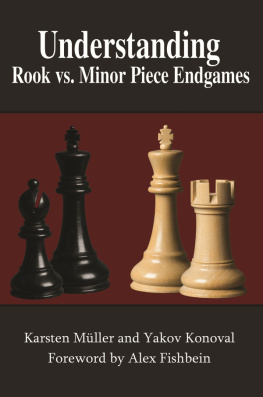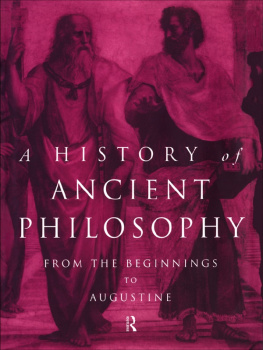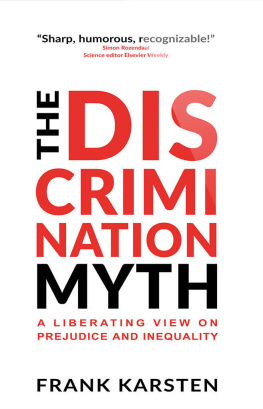Introductions copyright 1998 Peter Karsten. All rights reserved.
First published 1998 by Garland Publishing, Inc.
This edition published 2013 by Routledge
711 Third Avenue, New York, NY 10017
2 Park Square, Milton Park, Abingdon, Oxon, OX14 4RN
Routledge is an imprint of the Taylor & Francis Group, an informa business
Library of Congress Cataloging-in-Publication Data
The military-state-society symbiosis / edited with introductions by
Peter Karsten.
p. cm. (Military and society ; 5)
Includes bibliographical references (p. ).
ISBN 0-8153-3237-8 (alk. paper)
1. Sociology, Military. 2. ArmiesOrganization. 3. War and
society. I. Karsten, Peter. II. Series.
U21.5.M54 1998
Military systems serve nations; they may also reflect them. Soldiers are enlisted; they also self-select. Military units have missions; they also have interests. In each pair of statements, the first expression is the stock-in-trade of an older, more traditional military history, while the second reflects a newer approach. Although each statement may be said to be true, the former speaks from the framework of the military sciences; the latter speaks from the framework of the social and behavioral sciences. The military systems of the past differ from one another over time in political origins, size, missions, and technological and tactical fashions but to a great extent their experiences have been more similar than different. When questions are asked about the recruiting, training, and motivating of military systems or of those systems interactions with civilian governments and with the greater society as do the articles in these five volumes of The Military and Society, we are struck by the almost timeless patterns of continuity and similarity of experience.
In each volume, approximately half of the essays deal with the United States and half with the experiences of other states and times. The reproduction rights for some of the essays proved prohibitive for this series; those titles, therefore, are simply listed along with relevant book titles in the further reading section accompanying each volume.
Organization for warfare has for millennia been one of humankinds central activities. Indeed, our kinship-centered cooperative propensities, coupled with our effective use of verbal communication, offer better explanations of the military effectiveness of early human communities than those relying on theories of aggressiveness alone, or so Robert Bigelow and Robert McConnell have argued (persuasively).
Simple, subsistence-level societies have not all waged war in the same manner. Cultural differences among such societies, such as the decision of some communities to house new couples in the wifes mothers community (matrilocality) as opposed to the husbands fathers community (patrilocality), have been found to be strongly associated with a low level of local conflict (due to the constant breaking up of extremely localistic war bands) and a higher degree of effectiveness in longer range warfare (due to the creation of more cosmopolitan intercommunity trust and affiliation). When these war-band militaries of simple societies came into conflict with the more rationalized, state-run militaries of Spain, France, and Britain in the New World, the Amerindian and European military cultures often could not understand one anothers ways and mores (see Hirsch p. 97).
Military systems were also central to the emergence of ancient state-empires. These tended to emerge in fertile alluvial valleys as warlords came to dominate and fortify those central market towns with sufficient surplus to enable them to retain a professional military retinue, to centralize the acquisition and distribution of weapons, and to attack and hold other nearby towns and cities, while extending their power into the pastoral hinterland. Virtually all of the budget of the first known warlord, Sargon of Akkad, conqueror of Sumer, went to his army (as much as 70 percent of it would go for the military of the Roman Empire, Charlemagne, Edward III, and Louis XIV), but Sargons willy-nilly military pacification produced secure trade routes, law courts, uniform weights and measures, and a common coinage. With this process, warlords developed symbiotic relations with agrarian and mercantile elites. Civilization had arrived.
Some technological innovations transformed military ways, they also transformed the social and political structure. Bronze weapons were expensive; hence Bronze Age armies were aristocracies their states, oligarchies. The advent of cheaper iron weapons meant that men of more modest means would bear arms. In ancient Greece, this resulted in a more democratic polity (see Vasillopulos p. 1). The stirrup enabled armored men to fight more effectively from horseback, but armor and large horses were expensive. Only an oligarchy could afford to field such a force in Europe, Asia, or Africa. By 1350, however, pikemen and crossbowmen had dealt the armored cavalry of feudalism devastating blows. The introduction of firearms into western Africa largely transformed the social and political structures of those peoples (see Law p. 62). In Europe, the Middle East, and Japan, firearms finished off the mounted knights, as the rate of fire of the fuselier increased tenfold between the early sixteenth and the late seventeenth centuries. By 1600 the ratio of infantry to cavalry in Europe had risen to almost eight to one. Military demands continued to influence the direction of much economic development in the clothing industry, the metals trades, nautical technology, land transportation, and high finance (see Bean p. 17).
In the Netherlands, sixteenth-century Calvinist woolen manufacturers and merchants organized the first modern professional army. Their Spanish foes army had been raised in the venture-capitalism fashion of most early-modern forces; the Crown paid a fixed sum to professional military entrepreneurs to raise regiments, but the primary remuneration for these men in the course of the campaign was understood to be booty under the maxim bellum se ipsum alet (war should feed itself). The Dutch force was conceived differently. Its mission was defensive and of an indefinite tenure, and its commanders sought to avoid the chaotic behavior characteristic of looting soldiers in order to maintain discipline. Hence its men were paid regular salaries. Given that their employers included some of the worlds first assembly-line manufacturers, it is not surprising that the infantry was trained to present the enemy with a continuous and lethal series of musket volleys by training manuals, which offered a recruit dozens of by-the-number engravings of the steps that each rank of musketeers were to take simultaneously in their load-and-fire countermarch (see Feld p. 37).
The massive call to arms in France in the 1790s and thereafter was imitated elsewhere, as was the French effort to inspire patriotism in the conscripts. The result was often a symbiosis of state, society, and military, an interactive relationship that appeared in the public sphere and public place, the schools and the workplace, the Boy Scouts and the Salvation Army (


